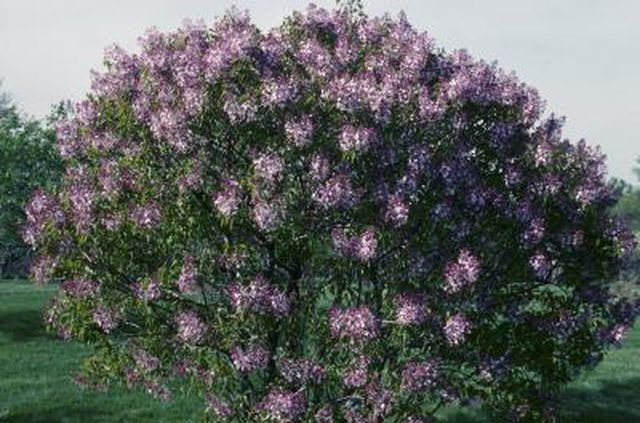Bulbs
Flower Basics
Flower Beds & Specialty Gardens
Flower Garden
Garden Furniture
Garden Gnomes
Garden Seeds
Garden Sheds
Garden Statues
Garden Tools & Supplies
Gardening Basics
Green & Organic
Groundcovers & Vines
Growing Annuals
Growing Basil
Growing Beans
Growing Berries
Growing Blueberries
Growing Cactus
Growing Corn
Growing Cotton
Growing Edibles
Growing Flowers
Growing Garlic
Growing Grapes
Growing Grass
Growing Herbs
Growing Jasmine
Growing Mint
Growing Mushrooms
Orchids
Growing Peanuts
Growing Perennials
Growing Plants
Growing Rosemary
Growing Roses
Growing Strawberries
Growing Sunflowers
Growing Thyme
Growing Tomatoes
Growing Tulips
Growing Vegetables
Herb Basics
Herb Garden
Indoor Growing
Landscaping Basics
Landscaping Patios
Landscaping Plants
Landscaping Shrubs
Landscaping Trees
Landscaping Walks & Pathways
Lawn Basics
Lawn Maintenance
Lawn Mowers
Lawn Ornaments
Lawn Planting
Lawn Tools
Outdoor Growing
Overall Landscape Planning
Pests, Weeds & Problems
Plant Basics
Rock Garden
Rose Garden
Shrubs
Soil
Specialty Gardens
Trees
Vegetable Garden
Yard Maintenance
Do Lilac Trees Need to Be Protected From Frost?
Do Lilac Trees Need to Be Protected From Frost?. Famed for their color and fragrance, common lilacs (Syringa vulgaris) grow 8 to 12 feet high and wide. Smaller varieties, such as Palibin (S. meyeri), are available for smaller yards. Lilacs are very hardy and make excellent windbreaks.

Famed for their color and fragrance, common lilacs (Syringa vulgaris) grow 8 to 12 feet high and wide. Smaller varieties, such as Palibin (S. meyeri), are available for smaller yards. Lilacs are very hardy and make excellent windbreaks.
Hardiness
Common lilacs are cold hardy to U.S. Department of Agriculture zone 2, where winter temperatures dip to minus 50 F. Miss Kim is hardy to zone 3.
Causes of Frost Damage
Frost damage occurs when cold spells follow periods in which warm weather encourages the shrub to break dormancy. Flower buds and actively growing shoots are particularly susceptible. Growing lilacs north of their hardiness zone increases the likelihood of frost damage. Also, avoid fertilizing plants late in the summer so all growth can harden off properly before winter.
Grafted Lilacs
Meyer lilacs are often grown as standards, with the shrub grafted onto a trunk. That graft union is vulnerable and needs winter protection. Either grow standard lilacs in containers that are over-wintered in sheltered spots, or wrap the bud union with burlap filled with leaves or straw. Containerized plants are less hardy than those planted in the ground.
Bacterial Blight
Lilac bacterial blight is easily confused with frost damage. Shrubs suffer early dieback of young shoots and flower buds. Look for leaf spots with brown centers and yellow margins and consult your local garden center for appropriate treatment if found.